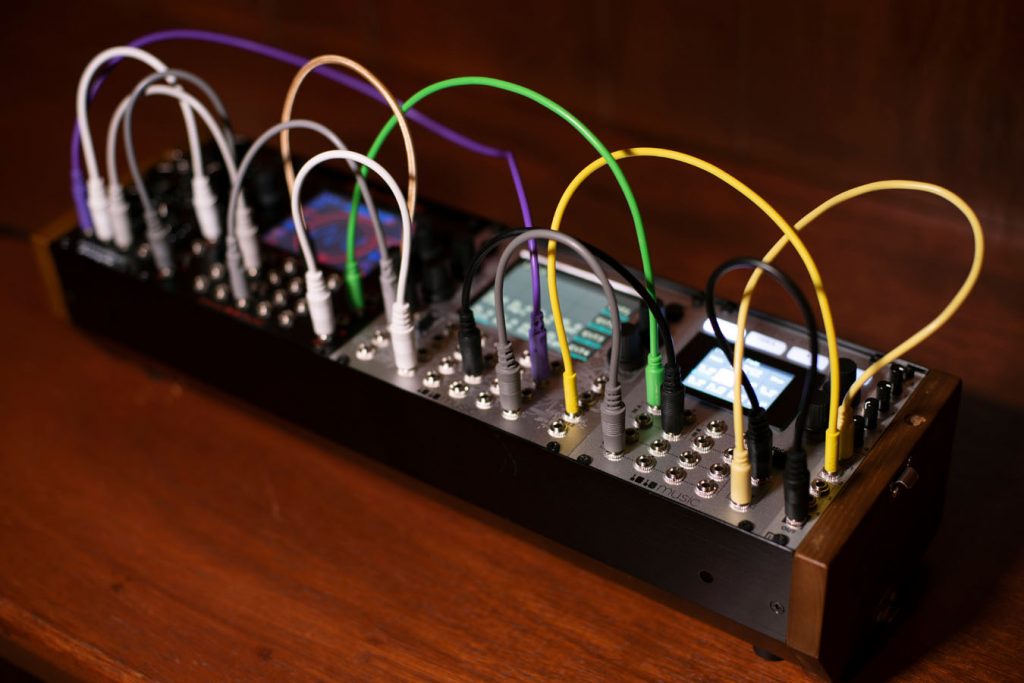Support
1010music Troubleshooting Guide
If you are having some problems with your 1010music porduct not working properly, we have some suggested fixes. The most common causes of erratic behavior are insufficient power for desktop products, microSD card issues, and overdriving the CPU. We do limit some features to reduce the likelihood of overdriving. But we leave room for users to push the limits based on which combinations of features they use. That said, crashing and overloading can look different from one report to the next. Sometimes the audio crackles, lights flash, weird sounds are emitted, the unit reboots, sometimes combinations of these. But we have not had a single unit burst into flames!
When you start to experience weird behavior, look at the list below for some clues about how to get back on track. There is never only one approach to this type of issue. However, these are the first solutions we suggest you try.
Insufficient Power
USB Cable, USB Battery and USB Power Adapters
Not all USB cables, USB batteries and USB Power adapters are created equally. Many look similar but you must verify that the cable, and battery or power adapter are able to deliver at least 2A @ 5V. Be careful when using inline switches, extension cables, and USB data cables. Under-powering our devices can cause mayhem of many types! The best first step is to use the cable and adapter supplied by us. If you cannot locate it or it is damaged, we also recommend the DJ Tech Tools Chroma Cable (available on our website) as a suitable replacement.
MIDI Device Port Connections
The MIDI Device port will power ‘Low-Power MIDI Devices’ per the MIDI spec. Some controllers draw too much power from this port and the result can be
flickering, crashing, and other strange behavior. Try powering your MIDI controller separately.
If you are having problems with WAV files not playing back, problems recording many tracks at once, or file lists appearing corrupted, there may be a problem with your microSD card.
- Perform a full overwrite format using SD Card Formatter (make sure to backup your files before formatting!)
- Check available space in TOOLS
- 128GB and larger typically perform better in the bluebox
- Use a name brand ‘A1’ or ‘A2’ rated card. ‘A2’ cards perform better in the bluebox
Product Settings
Polyphony
Check the polyphony setting for each of your pads. Our samplers (blackbox, bitbox mk1, mk2, & micro) feature polyphony options from mono to unlimited. Unless you are playing chordal bass guitar, you likely do not need unlimited polyphony!
High-Q Mode
If you hear aliasing during playback of your WAV file, enable HighQ mode. HighQ mode has a higher draw on the processor, so it is
recommended that you use Normal mode unless you are having issues.
To enable High Q mode, go to the Conf tab of the pad parameters screen. Scroll down to the Interp parameter and set the value to High Q.
Audio Rate
Verify the bit depth and sample rate of your wav files are 24 bit/48kHz. Yes, our samplers can playback any combination. However, the DAC is 24/48 so you are
asking the CPU to do extra work when you use files with a different bit depth or sample rate.
FX
How much FX are you using? Reverb, in particular has a heavy impact on the CPU. Can you dial back or remove completely? Can you add FX externally? Can you resample the tracks including FX? Use the pad-level filter sparingly.
Sample Modes
Which Sample Modes are you using? (Sample, Clip, Slicer, Granular). We love to push limits. – but 16 granular pads will kill any device!

